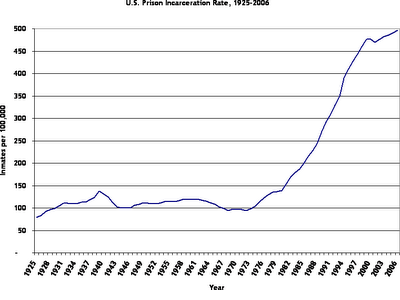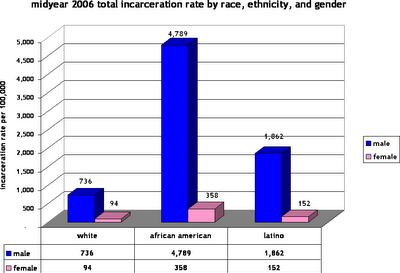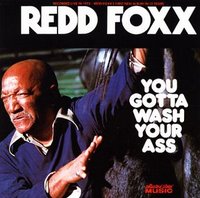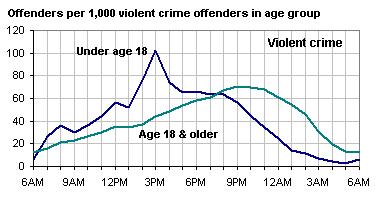 nate chapnick of edmunds.com offers a nice piece on surveillance systems and in-car cameras that allow parents to monitor their teen drivers. one firm will track your car’s sudden movements, record the data on a website, and assign your kid a “risk score.”
nate chapnick of edmunds.com offers a nice piece on surveillance systems and in-car cameras that allow parents to monitor their teen drivers. one firm will track your car’s sudden movements, record the data on a website, and assign your kid a “risk score.”
i once scoffed at such surveillance measures. then i thought about the two teenagers in my house hurtling down the road in three-thousand pounds of steel.
the data tell us that when teenagers die, they are likely to die behind the wheel. the centers for disease control report that “motor vehicle crashes are the leading cause of death for U.S. teens, accounting for 36% of all deaths in this age group” and that “the risk of motor vehicle crashes is higher among 16- to 19-year-olds than among any other age group …. per mile driven, teen drivers ages 16 to 19 are four times more likely than older drivers to crash.”
though i understand these risks, i’m too much of a small-l libertarian to monitor my kids electronically. i’ve decided to adopt a probable cause standard for implementing such surveillance. that means that i won’t hassle with such stuff unless and until i have information sufficient to warrant a prudent person’s belief that tor or esperanza had been delinquent or that evidence of delinquency or contraband would be found in a search.
but that doesn’t mean that i won’t take steps short of full-on surveillance, such as implementing curfews, based on a less-stringent reasonable suspicion standard. if i judge that a reasonable parent in my circumstances could reasonably believe that tor or esperanza has been, is, or is about to be, engaged in delinquent activity, i will strike down upon them with great rulemaking and furious anger. plus, i’ll take the keys.
come to think of it, my kids don’t really need to drive at all. if they broach the probable cause standard and behave so irresponsibly that i feel the need to purchase an in-car surveillance system, i’ll just hold the keys until they can afford to buy it for me. that’ll teach ’em.







 i personally discovered obscene recordings back in elementary school. a friend had somehow obtained comedy albums by cheech and chong, richard pryor, george carlin, and redd foxx on one of those “get 14 records for a penny!” record club promotions. the sexual references surely sailed over our heads, but we knew this stuff had to be funny and guffawed accordingly.
i personally discovered obscene recordings back in elementary school. a friend had somehow obtained comedy albums by cheech and chong, richard pryor, george carlin, and redd foxx on one of those “get 14 records for a penny!” record club promotions. the sexual references surely sailed over our heads, but we knew this stuff had to be funny and guffawed accordingly.
